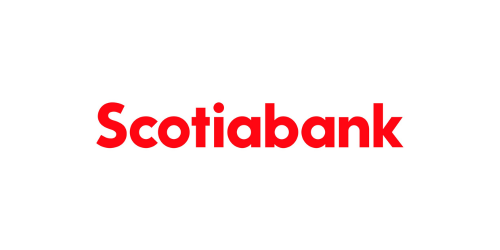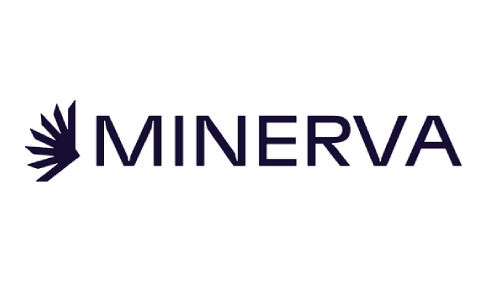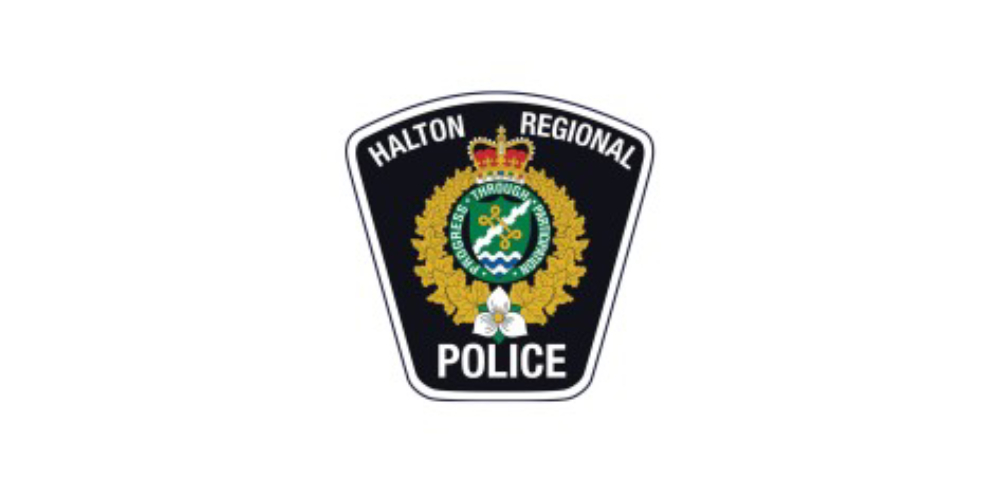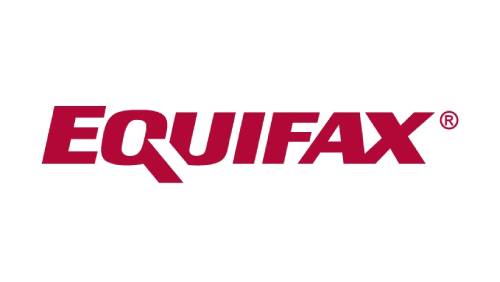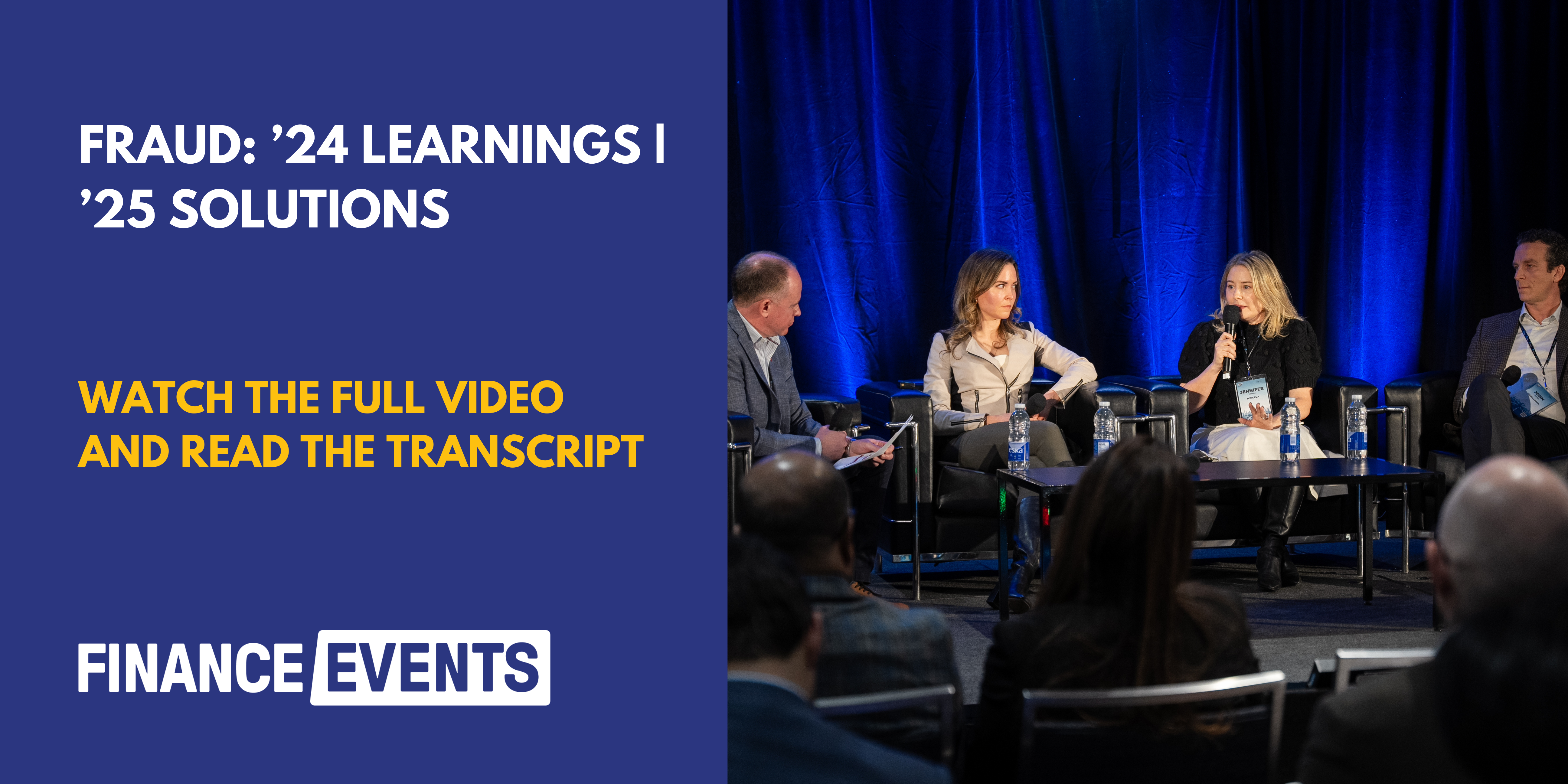Fraud: ’24 Learnings | ’25 Solutions
Abstract: Fraud in auto financing is a growing issue, with first-party fraud (misrepresentation of income, employment, and identity) making up 60% of cases, while third-party fraud tied to organized crime is surging. Criminals exploit stolen identities to secure fraudulent loans, laundering illicit funds through Canada’s financial system to fuel activities like human trafficking and drug trade. Law enforcement warns that fraud is now more attractive than violent crime due to its low risk and high reward. Lenders, like Scotiabank, are implementing stronger fraud detection measures, but challenges remain, particularly with dealer cooperation and real-time fraud alerts. Canada’s weak anti-money laundering (AML) controls further exacerbate the problem, prompting stricter federal regulations on dealership financing. Experts agree that industry-wide collaboration—through enhanced ID verification, stronger Know Your Customer (KYC) practices, and proactive fraud reporting—is essential to curbing financial crime and protecting consumers.

Carl Davies: Fraud is a growing issue in our environment. It demands everyone’s attention, but fortunately, many organizations are stepping up to address it. Historically, some auto lenders dismissed fraud as a non-issue—until they noticed unexplained credit losses.
First-party fraud—misrepresentation of income, employment, and identity—accounts for about 60% of fraud in auto financing. However, third-party fraud, associated with organized crime, has increased significantly. Just last week, a neighbor’s car was stolen in 90 seconds—pushed out of the way, targeted, and gone.
What most people don’t realize is that the money from these crimes doesn’t stop at the vehicle sale. The funds are laundered through Canada’s financial system and reinvested into organized crime activities such as human trafficking, drug trade, and illegal weapons sales.
Victoria, from a law enforcement perspective, how do you see fraud evolving in 2025?
Victoria Bowes: Fraud is booming and will continue to grow exponentially. To give perspective, in Halton Region—an area with about 600,000 residents—we had over 2,900 reported fraud cases last year, and that’s just the reported incidents. Many cases go unreported, making the true numbers much higher.
The appeal of fraud is its low risk and high reward. We’ve seen a shift where criminals traditionally involved in violent crimes, such as carjackings and robberies, are now moving into fraud. They can make just as much money with far less risk.
Auto fraud, in particular, relies heavily on identity theft. Fraudsters use stolen personal information to create counterfeit documents for vehicle financing. If you look at the images on the screen, every driver’s license has the same face—just with different names and birth certificates. One fraud ring we dismantled had over 200 fake IDs hidden in a speaker vent in their condo.
John, from a lender’s perspective, how does fraud impact Scotiabank’s operations?
John Kontos: Fraud is a serious concern, and despite our efforts, fraud losses continue to rise. We’ve implemented multiple layers of defense:
- Brought fraud teams in-house, working closely with law enforcement.
- Installed ID scanners in key dealership locations.
- Enhanced fraud databases and risk detection measures.
However, fraud isn’t just about financial losses—it’s about reputation and consumer trust. Fraud ultimately increases costs for everyone, leading to higher lending rates and insurance premiums.
Fraud detection shouldn’t be seen as friction—it should be an industry standard. What role should dealerships play?
John Kontos: Dealerships need to step up. We often hear that dealers will “take the path of least resistance,” meaning they avoid adding extra steps that might slow down a sale. But fraud prevention shouldn’t be viewed as an inconvenience—it protects consumers, lenders, and the industry as a whole.
We need broader industry cooperation. Fraudulent loans often move through multiple lenders within hours. If we had better real-time fraud alerts, one lender could flag a high-risk borrower before multiple deals go through.
Jen, let’s talk about money laundering—how big of a problem is it, and why should we care?
Jennifer Arnold: Money laundering in Canada is a $50 to $100 billion problem annually. Our country has earned a reputation as a “snowwashing” hub—meaning criminals use our financial system to clean illicit funds.
This year, Canada’s anti-money laundering (AML) program will undergo a global regulatory review, and we are expected to fall short of international standards. This will impact Canada’s economy, global credibility, and national productivity.
For the auto finance industry, compliance is about to get stricter. The federal government is extending AML regulations to leasing and dealership financing. Organizations must establish stronger Know Your Customer (KYC) protocols to verify identities and detect suspicious transactions before fraudulent loans are approved.
Victoria, what practical steps can businesses take to prevent fraud?
Victoria Bowes:
- Report fraud cases – Underreporting is a major issue. Law enforcement can’t investigate crimes we don’t know about.
- Enhance ID verification – Biometrics and advanced ID scanning are becoming essential.
- Strengthen KYC practices – Quick due diligence can prevent fraudulent deals.
- Trust your instincts – If something feels off, it probably is.
John, looking ahead to 2025, what keeps you up at night as a lender?
John Kontos: Two things:
- The indirect lending model – Lenders rely on dealers to verify customers, but unless we enforce stricter protocols, fraud will persist.
- Bust-out schemes – Fraudsters exploit multiple lenders at once. It’s frustrating to discover that we were the fifth lender to fund a fraudulent deal when a real-time fraud alert could have prevented it.
Fraud prevention isn’t just a law enforcement issue or a lender issue—it requires industry-wide collaboration. Every company in this space holds a piece of the puzzle. The only way we fight back is by working together. Thank you to our panelists and everyone attending. Let’s take this challenge seriously and commit to making fraud prevention a shared industry priority.
Sign up for our 2026 Summit Series


